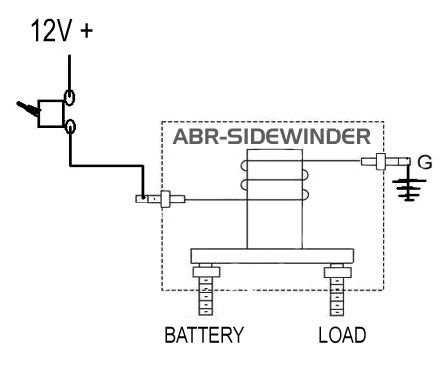
Following up on last week’s newsletter covering the battery master switch we look at the solenoid.
The solenoid is a large heavy duty relay. It is basically an electric switch -
Solenoids are used in starter motor circuits but are not the continuous duty type.
Continuous duty solenoids can be kept energized for extended periods, even days or weeks at a time. This makes them ideal for battery isolator and accessory circuits, they are simple and are still a preferred method of battery isolation for ‘old school’ auto electricians.
The continuous duty solenoid has two main functions:
1) Battery isolation – Used to link or disconnect batteries.
2) Equipment switching – Used as a main power switch to accessories.
Battery isolation can be done with 3 types of isolators. a) Master Switch. b) Heavy duty solenoid / relay. c) Smart Isolator also known as a VSR (Voltage Sensing Relay) or Electronic Isolator.
Note: Diode Isolators are not recommended as they have a substantial voltage drop and batteries do not fully charge.







